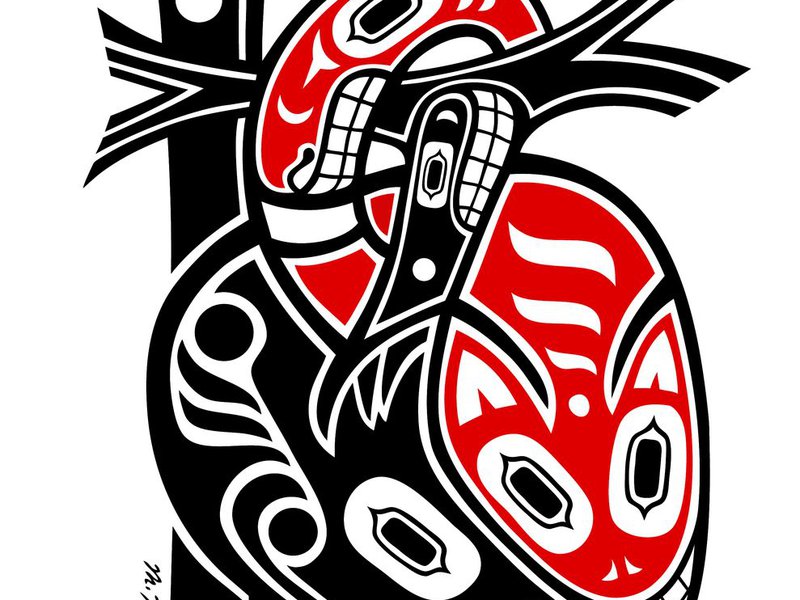
Trabecula Carnae, Re-entry Circuit and Bradycardia are complex events or anatomical features associated with the heart. As words, they mean little to those of us who aren’t cardiologists. But as titles for three art pieces by UBC students featured in a recent publication in the Journal of Medical Humanities, the medical vocabulary comes to life.
Describing the piece Bradycardia, article author Dr. Carol-Ann Courneya wrote, “I. Jokic represented the very slow beating of the heart (termed bradycardia) as a snail moving ponderously across the landscape, while the mountain peaks on the horizon represented the infrequent QRS complexes seen in the ECG of a patient with bradycardia.”
Courneya — an associate professor at UBC — teaches students in the faculties of medicine and dentistry who are tasked with memorizing the science of the organ systems and anatomy in their first two years of study. The heart is one of their most challenging forays.
Students often take to illustrating their notes with intricate drawings of the heart’s valves, pumps and arteries in order to better understand their functions. Twenty years ago, watching her medical and dental students find innovative ways to learn, Courneya noted their creative talent.
“I’ve become more and more aware that many medical students have a strong link to visual learning,” said Courneya. “It seems to me that while not 100 per cent of the students learn that way, there’s enough students that learn [visually] that I need to give them the option to draw and make art.”
She wondered if, like her, the students were interested in the confluence of science and art beyond the classroom. What would happen if she put out a call for art that represents the cardiac sciences?
Heartfelt Images — an annual contest for UBC medical and dental students to submit their cardiac-themed art — was born. Now in its 17th year, the contest has definitely taken off — just between 2011 and 2016, 262 students submitted 345 pieces of art including sketches, paintings, sculptures and original pieces of music.
“You would think — having done this since 2001 — that I’ve seen it all … but in reality, every year somebody sees the world or sees something or makes something that I’d never even considered before,” said Courneya.
Each year a jury of medical doctors and artists are tasked with picking three pieces as winners, judging them based on their cardiovascular content and their artistic merit. Yet the breadth of the submissions, not just the winning pieces, was something Courneya hoped to investigate closer.
“What I really wanted to [do] beyond just looking at the images that would win the contest each year — which are always stunning and are always beautiful — was to look at the whole breadth of the submissions and explore the connections to learning.”
For her Medical Humanities article, Courneya did just that. After immersing herself in the repository of art built by Heartfelt Images, Courneya found common themes in the pieces.
Many students had developed a “cardiovascular lens” through which they saw the world. The photographer of Trabecula Carnae, for example, saw a pattern that looked like the walls of the heart in the sands of a beach.
Interestingly, dental students tended to submit pieces that were made kinaesthetically. More so than the medical students, the dental students carved and sculpted, and they created works that required sophisticated hand-eye-coordination.
The art overwhelmingly showed how adeptly the students grasped the science of the heart.
Their anatomical drawings were accurate, and often made use of double meanings in cardiac terminology. Courneya explained that “you have to understand the heart if you’re going to see something so rich in metaphor and wordplay.”
“For the vast majority of medical and dental students, in order to have created their piece of art, they had to really understand the content,” she said.
A huge take-away from her immersion into the art of Heartfelt Images was the link between learning and creativity.


